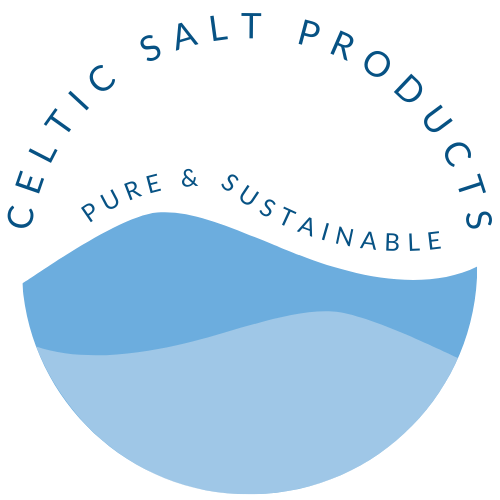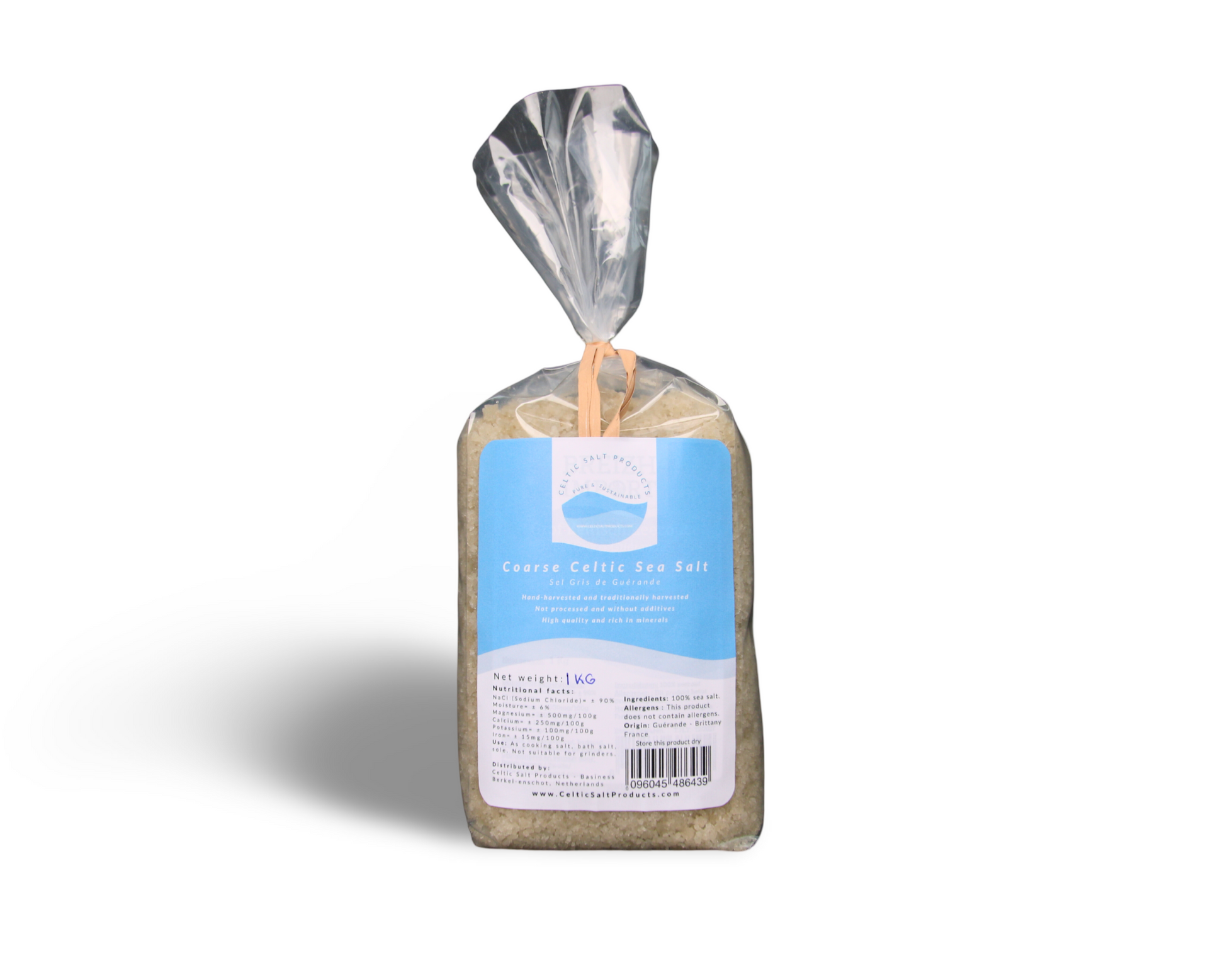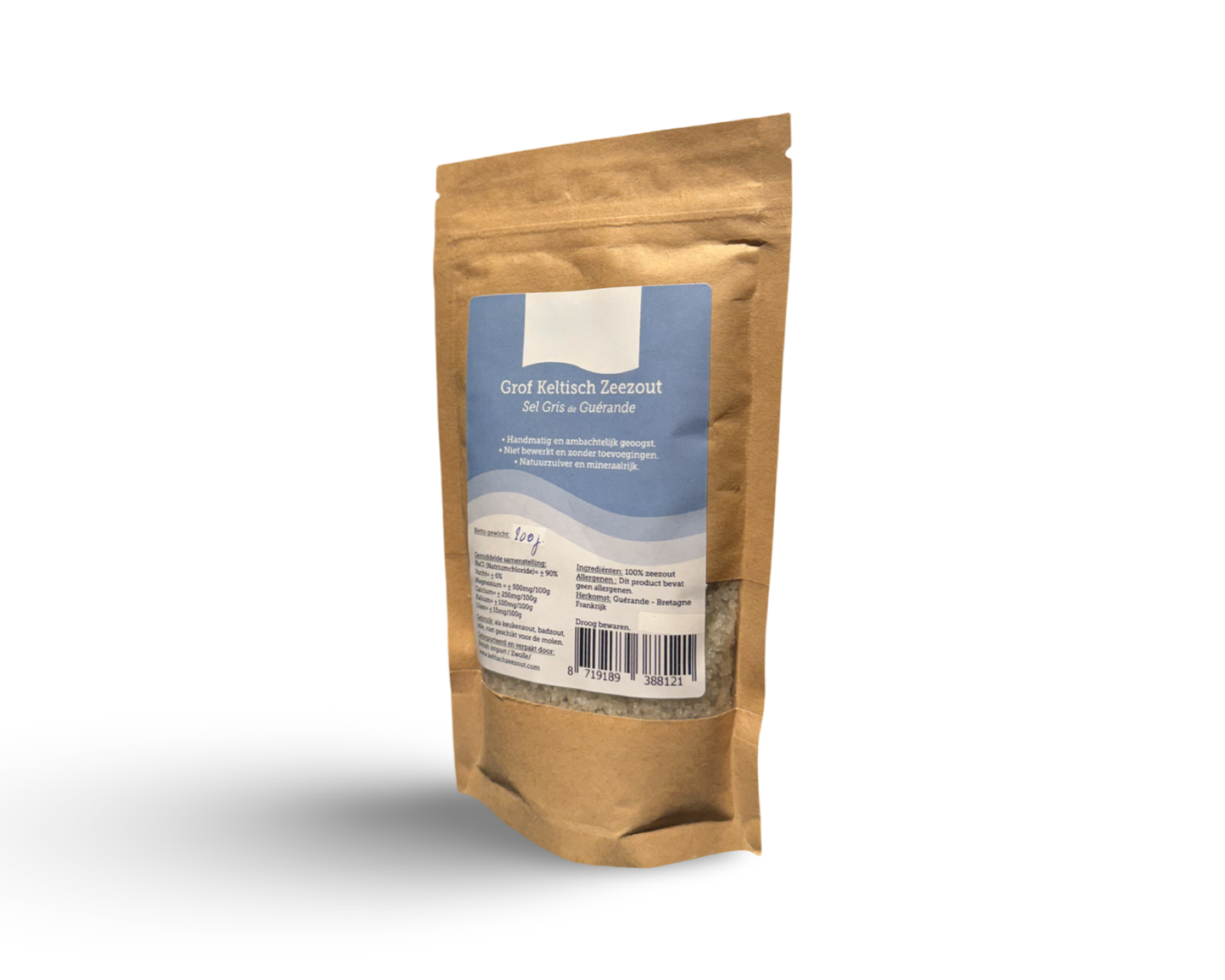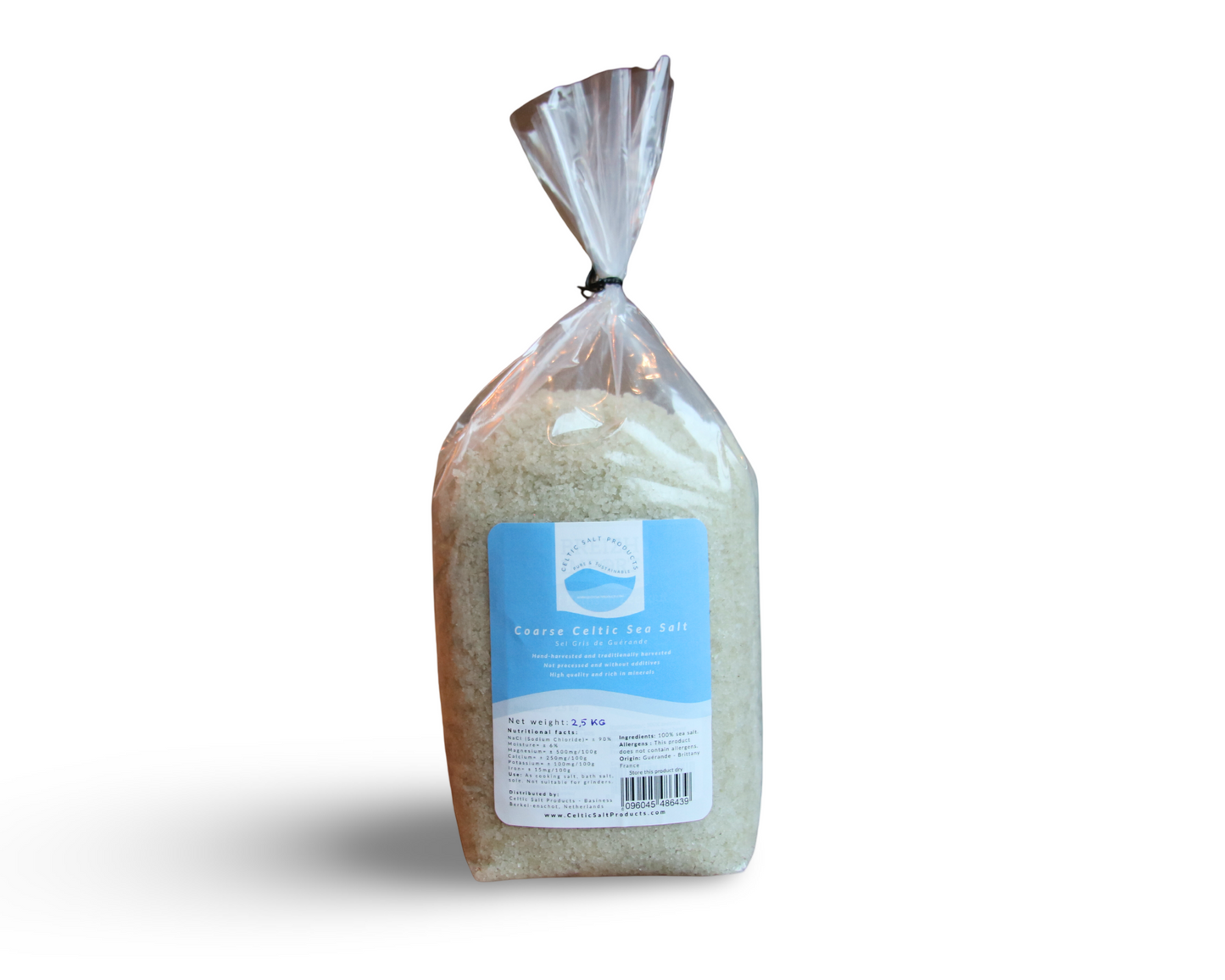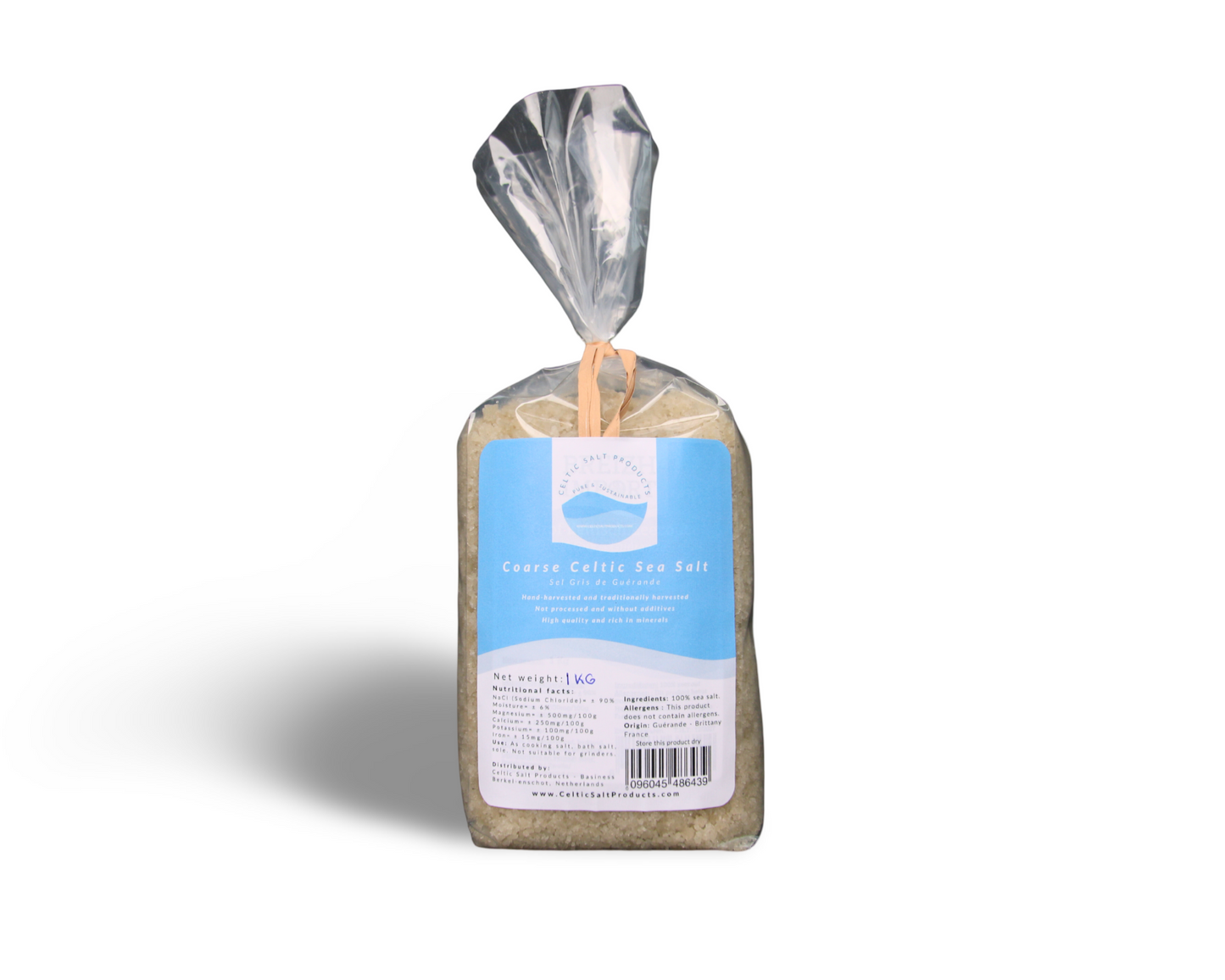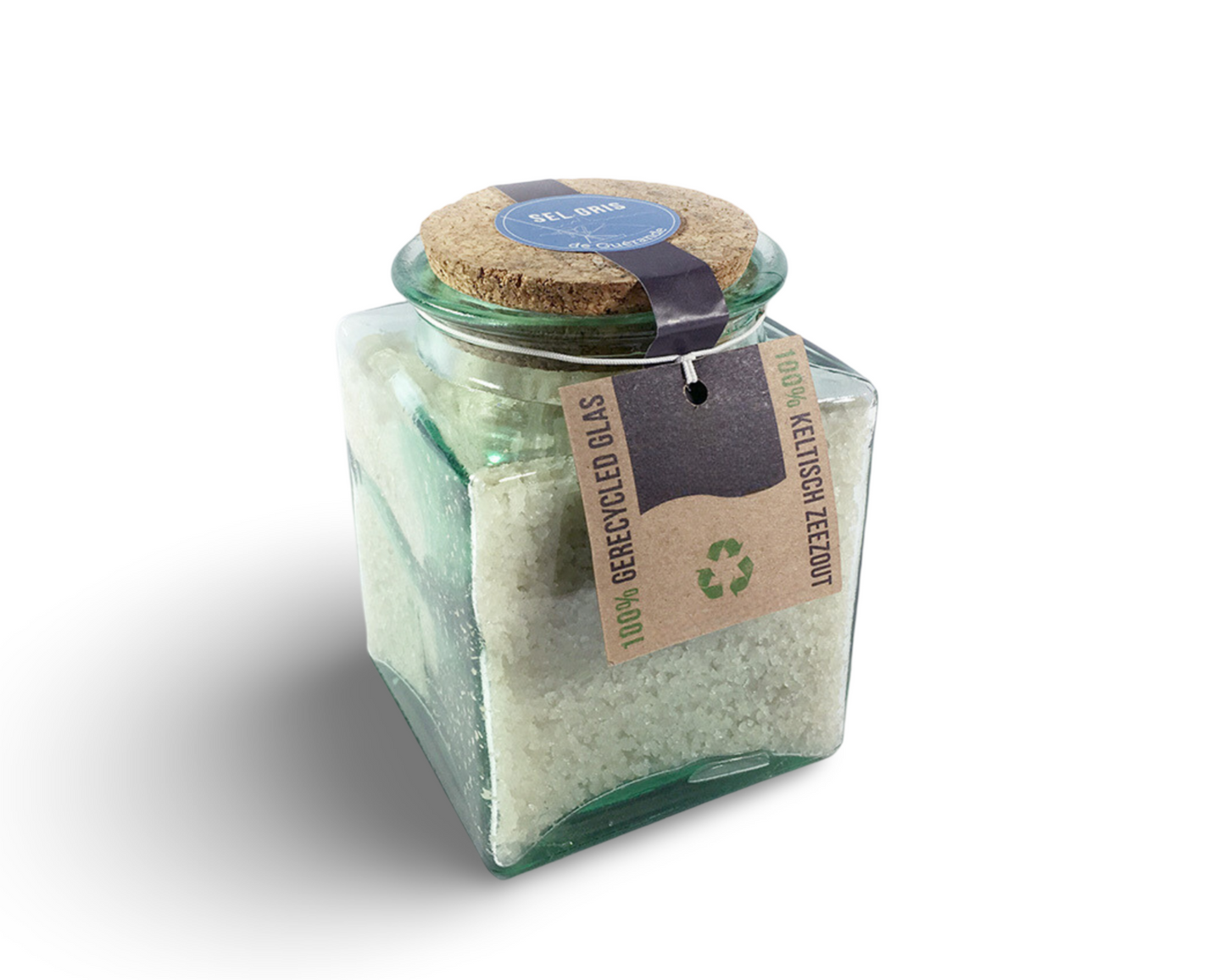When it comes to enhancing the flavor of your meals while boosting your health, not all salts are created equal. Two popular choices that often come up are Celtic salt and Himalayan salt. Both are touted for their health benefits and unique flavors, but many may wonder which salt is truly the best choice. Let's delve into the world of these two natural salts and discover why Celtic salt might just be the superior choice for your kitchen and health.
Origin and Processing
Celtic Salt: Celtic salt, also known as Sel Gris (French for grey salt), is harvested using traditional Celtic methods in the Brittany region of France. The salt fields of this region are lined with natural clay, which is where Celtic salt gets its characteristic grey color. The salt is hand-raked, using wooden tools, allowing it to retain its natural state and moisture, which are crucial for preserving its rich mineral content.
Himalayan Salt: Himalayan salt, often recognized by its pink color, is mined from the ancient salt beds of the Khewra Salt Mine in Pakistan, which are believed to have been formed millions of years ago from evaporated ancient bodies of water. It is typically extracted by hand and then washed and dried at high temperatures, which might affect its mineral complexity.
Mineral Content
Both salts are celebrated for their trace minerals, but the way they maintain these minerals varies significantly:
Celtic Salt: Celtic salt is renowned for its impressive mineral content, boasting nearly 80 trace minerals, including iron, magnesium, and calcium. These minerals not only contribute to the salt's distinctive grey color but also enhance its ability to help balance electrolytes, aid hydration, and provide essential nutrients for daily functioning.
Himalayan Salt: While Himalayan salt does contain trace minerals that give it its pink hue—such as iron oxide—the overall mineral content can be less varied compared to Celtic salt. The heat processing it undergoes may also impact the natural state of these minerals.
Health Benefits
Celtic Salt: The minimal processing of Celtic salt means it helps retain its natural state and therapeutic qualities. It is alkalizing, helping to balance body pH, and its trace minerals can assist in improving hydration by maintaining a balance of electrolytes. This is particularly beneficial for digestive health, as it helps the body absorb nutrients more effectively.
Himalayan Salt: Himalayan salt also offers health benefits such as electrolyte balance and pH regulation. However, the potential reduction in mineral availability due to its processing means it may not support the body's functions as effectively as Celtic salt.
Ethical Considerations
When choosing between Celtic salt and Himalayan salt, it's also important to consider the ethical implications associated with their production. The Himalayan salt mines, such as those in Pakistan, are enormous and known for their challenging working conditions. While not all workers may experience adverse circumstances, many face difficult, and sometimes hazardous, environments due to the scale and traditional mining methods employed. These factors can impact both the quality of life for workers and the ecological footprint of the product.
In stark contrast, Celtic salt is harvested by local farmers in the Brittany region of France. This salt is farmed entirely by hand, using age-old techniques passed down through generations. By choosing Celtic salt, you not only support these local artisans but also contribute to a sustainable practice that prioritizes both quality and ethical production. We, along with the French farmers, are committed to maintaining high standards in every batch of salt produced, ensuring you receive a product that is not only superior in taste and health benefits but also responsible and environmentally friendly.
This commitment to quality and ethical practices makes Celtic salt a choice you can feel good about—supporting traditional communities and sustainable agriculture.
Culinary Uses
Celtic Salt: Celtic salt's moist, coarse texture and briny flavor make it especially beneficial in cooking. It dissolves easily and enhances flavor robustly without overpowering dishes. Its moisture makes it particularly effective for drawing out the flavors in food, making it a favorite among chefs for seasoning meats and vegetables and perfecting soups and sauces.
Himalayan Salt: The dry, crunchy texture of Himalayan salt makes it good for finishing dishes or for decorative salt grinders. While it does add a touch of flavor and color, it may not dissolve as readily as Celtic salt, potentially leading to uneven seasoning.
Conclusion
While both Celtic and Himalayan salts offer benefits over processed table salt, Celtic salt's minimal processing and high mineral content make it a standout choice for those who prioritize health and flavor. Its ability to enhance any dish without overpowering it, along with its health-boosting properties, makes Celtic salt a superior addition to any kitchen. For those looking to make a healthy lifestyle switch without compromising on taste, Celtic salt is clearly the way to go.
As you stock your pantry, consider the rich heritage and numerous benefits of Celtic salt and why it might just be the best seasoning to elevate your cooking and support your well-being.
